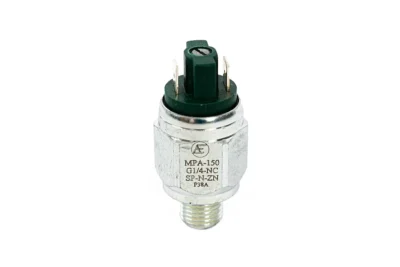The myth that museums should fear water damage from sprinkler systems is gradually being debunked. The toll of the recent devastating fire at Brazil’s National museum in Rio de Janeiro has been immense. The museum, which had no fire sprinklers, was completely ravaged by fire earlier this month. It is thought that as much as 90 per cent of the museum’s collection has been destroyed.
The museum, one of the largest anthropological and natural history collections in the Americas, suffered significantly from Brazilian funding cuts and austerity measures and had in recent years fallen into a state of disrepair.
Although it is not known exactly what started the fire, it is sickening to think that a fire sprinkler system may have stemmed the spread of the fire and saved much of the museum’s collection.
There has been much debate over whether or not fire sprinklers are an appropriate fire suppression system for museums and libraries. The use of fire sprinkler systems in museums has traditionally been avoided purely because of the fear of water damage they may cause.
But, the fact is, fire sprinklers cause much less damage than the fire brigade’s hoses, which are inevitably deployed in any fire. A typical sprinkler discharges 55 litres per minute. A firefighting hose discharges over 600 litres per minute.
Another myth is that fire sprinkler heads activate all at once. This isn’t true. Also, fire sprinklers are not activated by smoke, but by heat (normally between 57 and 77 °C). Yet another myth is that fire sprinklers are prone to accidental activation when there is no fire. Again, this simply isn’t true. Records show that the chances of accidental discharge from an adequately installed and maintained fire sprinkler system is in the region of 16 million to one.
Given the extent of the damage and devastating loss of historic specimens and treasures in the Brazilian museum fire, sprinkler systems should be a serious consideration for museums and places of historic interest all over the world. The installation of fire sprinkler systems in historic buildings is often dismissed because of the invasive nature of the installation. In fact, it is feasible to install a sprinkler system quite unobtrusively.
Several institutions of cultural interest have installed complete automatic sprinkler protection, including the US’s Capitol Hill Library of Congress, the Smithsonian Institute, the National Library and Archives of Canada and the National Library of Scotland.
This year, the Glasgow School of Art was gutted by fire. A fire sprinkler system wasn’t fitted during renovation following an earlier blaze, despite the fact that the benefits of fire sprinkler systems have long been recognised. The question we need to be asking, is why aren’t fire sprinklers being retrofitted? Fire sprinklers save lives. They also save damage to property. We can and should be protecting our people and our history.
Share This Post




